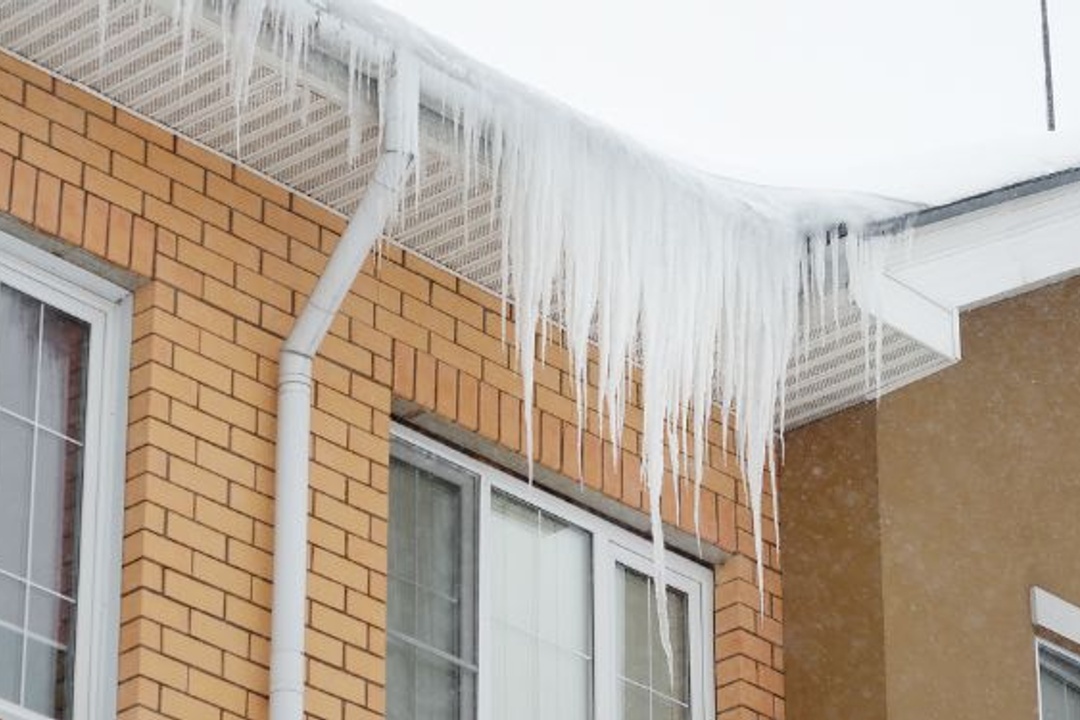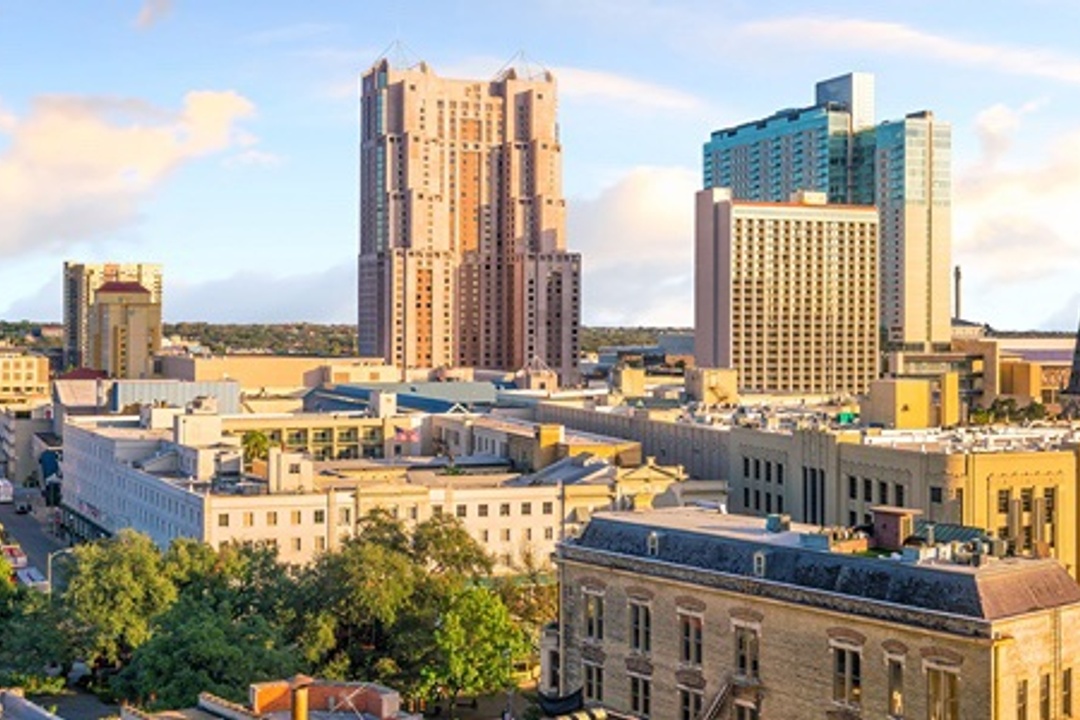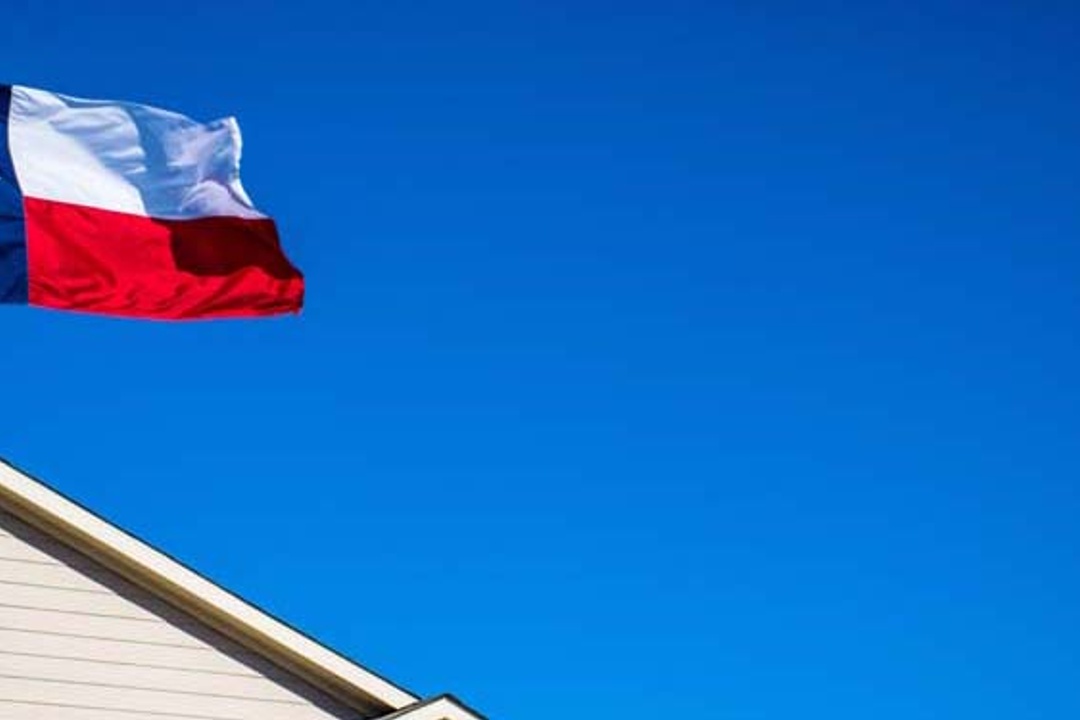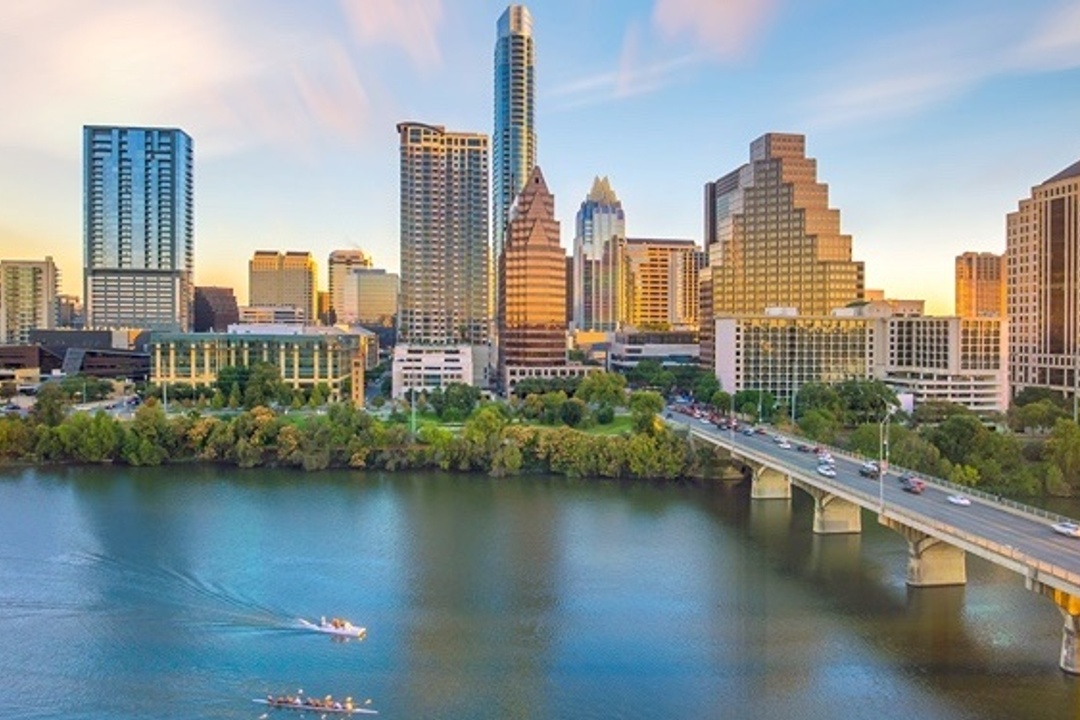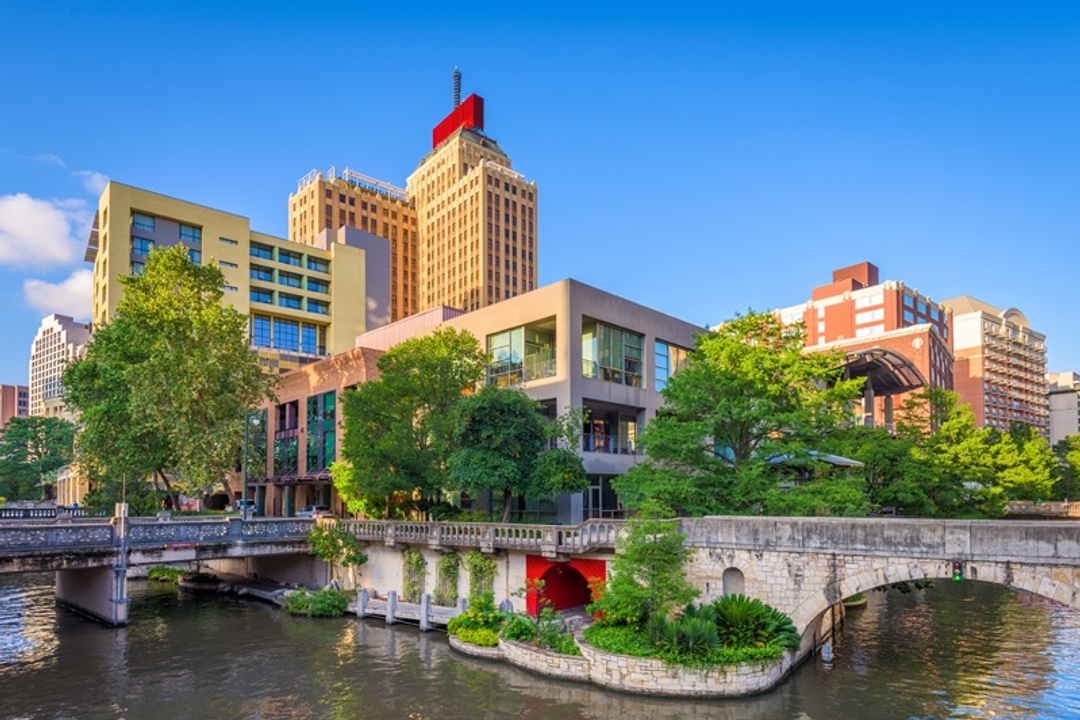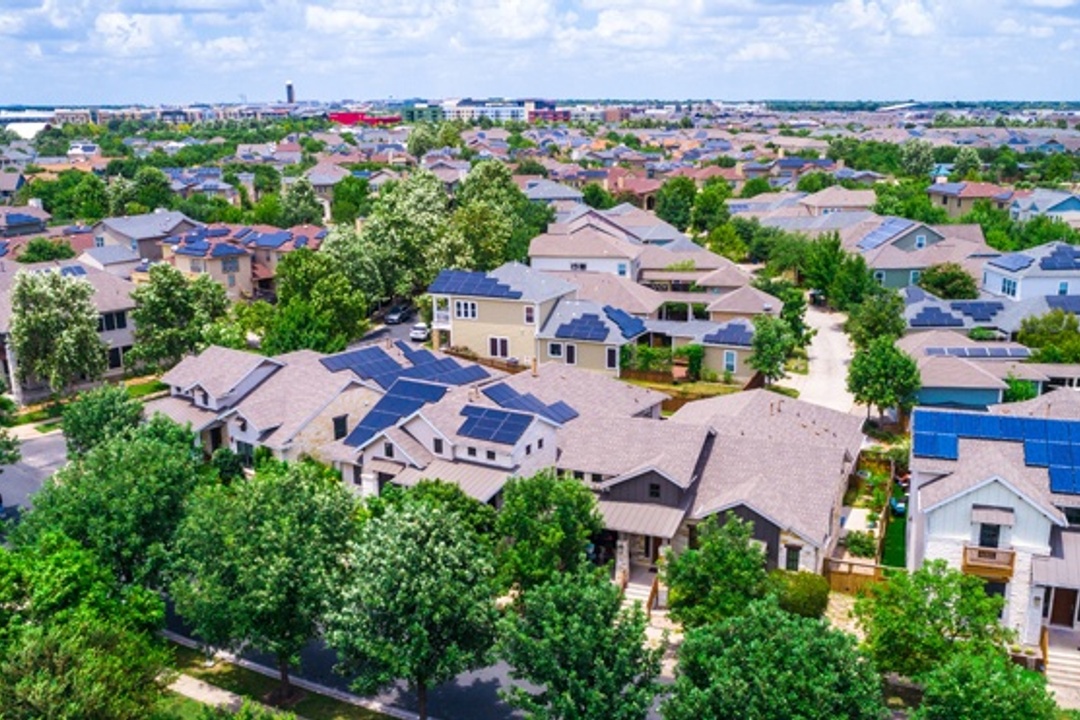
Natural landscaping, aka xeriscaping or green gardening, is gaining traction among homeowners, especially in the southern states.  What this means is that you use native plants to landscape your yard rather than imports. Things that grow native in Texas include live oak, Texas Mountain Laurel, Texas Sage, Retama, Red Yucca, and Texas Lantana, among many other species of plant. Most of these species even have beautiful flowers! We think utilizing your areas native plant life when planning the design of your lawn is not only smart but eco-conscious as well. Your landscape design choices can have a positive impact on the environment, fostering healthy ecosystems and enhancing biodiversity. Benefits for the environment aren’t the only good thing about native plant usage; there are many more!
What this means is that you use native plants to landscape your yard rather than imports. Things that grow native in Texas include live oak, Texas Mountain Laurel, Texas Sage, Retama, Red Yucca, and Texas Lantana, among many other species of plant. Most of these species even have beautiful flowers! We think utilizing your areas native plant life when planning the design of your lawn is not only smart but eco-conscious as well. Your landscape design choices can have a positive impact on the environment, fostering healthy ecosystems and enhancing biodiversity. Benefits for the environment aren’t the only good thing about native plant usage; there are many more!
- It provides wildlife a natural habitat. Many of the places we call our home today were first home to all manner of native wildlife. With habitats disappearing at an alarming rate, a yard full of native plants could help provide an oasis for these animals. Did you know that America’s songbird population has been dropping over the last several decades dues to habitat loss? Native foliage that you could plant provides food and shelter for these songbirds and is necessary if songbirds are to remain in residential areas. Native plants also provide nuts, seeds, and fruits for insects, squirrels, and other mammals, as well as nectar for hummingbirds and butterflies. It is our responsibility to ensure that our children, and children’s children have the benefit of interacting with these beautiful, colorful, fascinating creatures. We can do so by doing our part to preserve their natural homes.
- Less chemical fertilizers and pest control. The popular thing in landscaping today is to have a yard free of weeds, pruned and trimmed, perfect and uniform. Unfortunately, the lawns and bark mulch beds found in commercial landscapes are notorious for using massive amounts of synthetic chemicals in the way of pesticides and fertilizers. Native plants are obviously indigenous to the area, so they grow more efficiently with less fertilizer. Additionally, native plants have few major pests or diseases, eliminating the need for pesticides and thus preserving water quality and reducing health risks. A study from Yale University found that the average suburban lawn holds ten times as much chemical pesticide per acre as farmland. When it rains, these chemicals run-off into our water supply, which inevitably gets ingested by plants, animals, and us! While xeriscaping your yard won’t eliminate the problem entirely, it will ensure that you are not adding to the problem!
- They require very little maintenance. When compared to commercial landscapes, naturescapes are much lower maintenance. Native short grasses such as Buffalograss grow slower and shorter than exotic lawn grasses, reducing or eliminating the need for mowing (and the noise and air pollution created by mowing). Many of these plants have adapted to local conditions and pests, so they will not be bothered by bugs. Moreover, plants that have evolved to grow in certain circumstances generally grow better than exotic plants in that environment. This means they will need less fertilizer, water, and tending to than non-native plants. When you let native plants grow to their natural sizes, and plan your yard around that, then they require less pruning, trimming, and general maintenance.
- It saves you money. When you add up the cost of herbicides, insecticides, fungicides, fertilizer, mulch, and pruning equipment, having a well-manicured lawn can cost a small fortune! While the initial installation of a natural landscape design may cost about the same as a simple lawn (plus a couple plants), the maintenance costs are far cheaper when you go native. The plants basically take care of themselves, so there is really no need to purchase all of the above supplies, in most cases. Additionally, most of the plants indigenous to the area take less water to maintain (more about that below), saving money on water costs! Who wants to spend large amounts of money on their yard? Not us.
- Naturescaping conserves water. Many of the plants native to the southern states have evolved to have a drought tolerance. Since the natural landscape is so dry, most native plants have very low water requirements. Most need a thorough watering about once a month (even in the peak of summer)! U.S. News and World Report states that a 1000 sq. ft. lawn requires 10,000 gallons of water per summer to maintain a “green” look. That’s about 60% of the water consumed on the West Coast, and the number is similar for the southern states. Being that we’re almost always in a drought, we need to conserve where we can, and having native plants can help you do your part.
- It’s aesthetically pleasing. Naturescaping gives your neighborhood aesthetic character, because who wants to look like everyone else? Indigenous plants reflect the region you live in, rather than having the cookie cutter lawn traditional for most homes. Ecologically  functional landscape designs offer so much more than commercial landscapes because they attract all sorts of animals and insects to their built in habitat. They offer opportunities to interact with birds that are calling the yard home. Little insects, butterflies, and small mammals that are accustomed to living amongst this native landscape will flock to your property, allowing you a chance to teach your children about them. Not to mention, many indigenous plants produce flowers and are naturally pleasing to the eye. The Texas Mountain Laurel is one of our favorites, as well as the Mexican Redbud, Texas Sage, and the Queen Victoria Agave.
functional landscape designs offer so much more than commercial landscapes because they attract all sorts of animals and insects to their built in habitat. They offer opportunities to interact with birds that are calling the yard home. Little insects, butterflies, and small mammals that are accustomed to living amongst this native landscape will flock to your property, allowing you a chance to teach your children about them. Not to mention, many indigenous plants produce flowers and are naturally pleasing to the eye. The Texas Mountain Laurel is one of our favorites, as well as the Mexican Redbud, Texas Sage, and the Queen Victoria Agave.
With eco-consciousness at the forefront of homeowner trends, natural landscape designs are becoming more and more popular. The benefits to the environment, the low maintenance costs, and low effort level, choosing a yard with indigenous plants seems like a no-brainer. For more information about plants that are native to Texas, check out Austin Native Landscaping’s list of plants for Xeriscaping landscape design projects.

